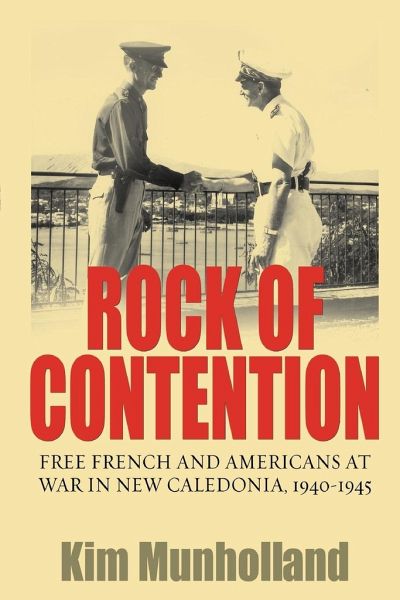
Rock of Contention
Free French and Americans at War in New Caledonia, 1940-1945

PAYBACK Punkte
19 °P sammeln!
What went wrong in Free French relations with Americans during World War Two? Two peoples, presumably sharing a common cause in a war to defeat the axis powers, often found themselves locked in bitter disputes that exposed fundamental differences in outlook and intentions, creating a profound misunderstanding or mésentente that was a major source of Franco-American conflict during the war and has persisted since then. The site for this dispute was the South Pacific colony of New Caledonia. By documenting carefully French policy toward the American presence in New Caledonia during the war, the...
What went wrong in Free French relations with Americans during World War Two? Two peoples, presumably sharing a common cause in a war to defeat the axis powers, often found themselves locked in bitter disputes that exposed fundamental differences in outlook and intentions, creating a profound misunderstanding or mésentente that was a major source of Franco-American conflict during the war and has persisted since then. The site for this dispute was the South Pacific colony of New Caledonia. By documenting carefully French policy toward the American presence in New Caledonia during the war, the author demonstrates the existence of a deep-seated suspicion, fear, even paranoia about the Americans that colored almost every phase of Free French policy. Revising traditional views, the author lays bare the roots of the antagonism, which stem from perceptions and biases.













